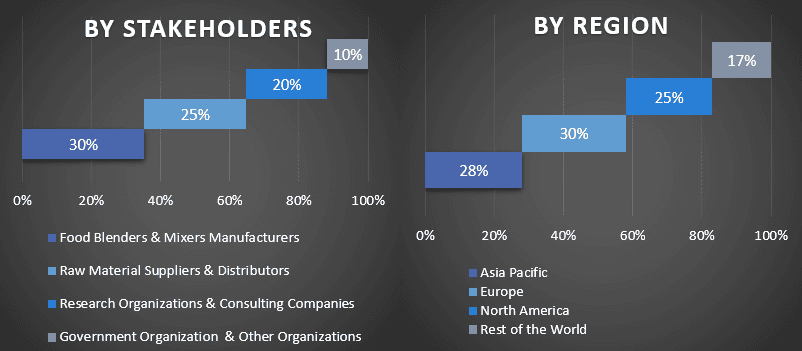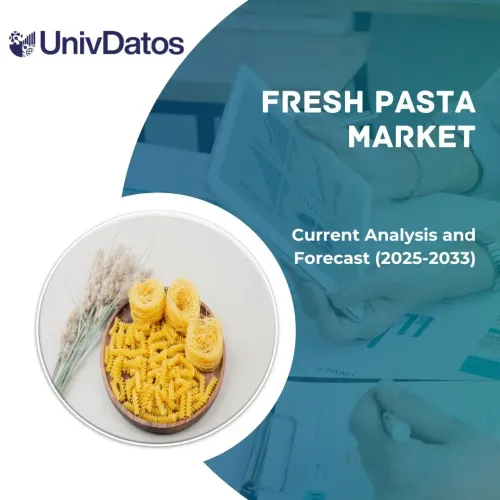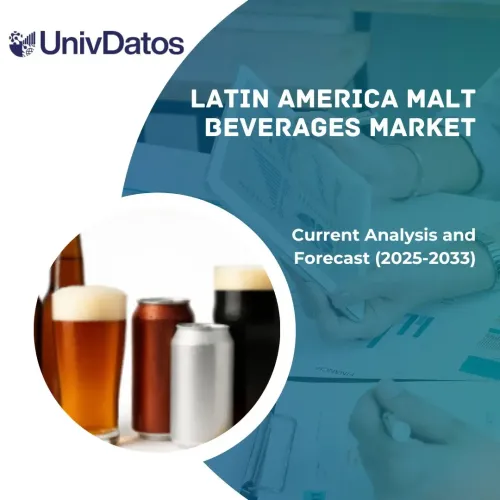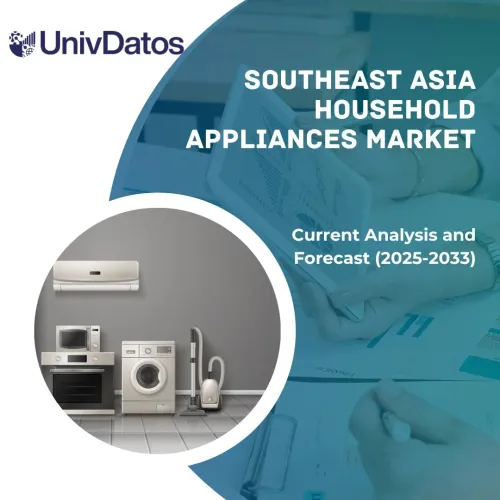- Home
- About Us
- Industry
- Services
- Reading
- Contact Us
Food Blenders & Mixers Market: Current Analysis and Forecast (2022-2028)
Emphasis on Mixer Type (shaft mixers, high shear mixers, Planetary Mixer, Ribbon Blende, others); Application (bakery, dairy, beverage, confectionary, and others); End-Users (households and commercials)); and Region/Country

Food Blenders & Mixers Market was valued at around USD 7.2 billion in 2021 and is expected to grow at a CAGR of around 6% from 2022-2028.
Food blenders and mixers are equipment that is widely used for various mixing processes in both residential and commercial sector. In recent years, the demand for food blenders & mixers has risen dramatically due to the rising technological advancement & innovations and increased consumption of beverages, bakery products, dairy products, etc. There is a significant growth in demand for food blenders & mixers as of increased disposable income of consumers coupled with demand for convenience or ready-to-eat food due to hectic and fast paced lifestyle. Additionally, growing global population with rising capacity to spend among consumers on food in developing countries is another key factor driving growth of the global food blenders & mixers market. Likewise, the entry of global players into emerging markets adds to the growth of the market.
GEA Group Aktiengesellschaft, Tetra Laval, Krones AG, Sulzer Ltd, Buhler, JBT Corporation, KHS Group, SPX Flow, Hosokawa Micron Group, and Charles Ross And Son Company are some of the key players in the market.
Insights Presented in the Report
“Amongst type, high shear mixers category to witness higher CAGR during the forecast period”
Based on type, the market is segmented into shaft mixers, high shear mixers, planetary mixer, ribbon blender, and others. Among these, the high shear mixers category to witness higher growth during the forecast period owing to the widespread application of this mixer in beverage industry. Also, the demand for high shear mixers is high in various food processing applications like preparing of snacks, bakery and confectionary items. Thus, the widespread use of high shear mixers is driving the segmental growth during the forecast period.
“Amongst end-users, household category to witness higher CAGR during the forecast period”
Based on end-users, the market is categorized into household and commercial. Among these, the household segment is expected to grow at a rapid pace during forecast period attributed to its diverse use in food preparation at home. Food blenders and mixers have become critical in kitchen nowadays for making pastes such as ginger and garlic, making juice, and several others.
“Europe to hold a significant share in the market”
The global food blender and mixers market in Europe is projected to hold a significant share in the market in 2021. Owing to the rise in consumption of food products which include snacks, dairy, and bakery products in European countries. This is mainly attributed to the increasing disposable income and the rising number of commercial and household users. It is expected that the market will continue to grow at a stable rate during the forecast period owing to the increase in awareness about the importance of spending time in outdoor recreational activities for a balanced and healthy life.
Reasons to buy this report:
- The study includes market sizing and forecasting analysis validated by authenticated key industry experts.
- The report presents a quick review of overall industry performance at one glance.
- The report covers an in-depth analysis of prominent industry peers with a primary focus on key business financials, product portfolio, expansion strategies, and recent developments.
- Detailed examination of drivers, restraints, key trends, and opportunities prevailing in the industry.
- The study comprehensively covers the market across different segments.
- Deep dive regional level analysis of the industry.
Customization Options:
The global food blenders & mixers market can further be customized as per the requirement or any other market segment. Besides this, UMI understands that you may have your own business needs, hence feel free to connect with us to get a report that completely suits your requirements.
Table of Content
Research Methodology for the Food Blenders & Mixers Market Analysis (2022-2028)
Analyzing the historical market, estimating the current market, and forecasting the future market of the global food blenders & mixers market were the three major steps undertaken to create and analyze the adoption of food blenders & mixers in major regions globally. Exhaustive secondary research was conducted to collect the historical market numbers and estimate the current market size. Secondly, to validate these insights, numerous findings and assumptions were taken into consideration. Moreover, exhaustive primary interviews were also conducted, with industry experts across the value chain of the global food blenders & mixers market. Post assumption and validation of market numbers through primary interviews, we employed a top-down/bottom-up approach to forecasting the complete market size. Thereafter, market breakdown and data triangulation methods were adopted to estimate and analyze the market size of segments and sub-segments of the industry pertains to. Detailed methodology is explained below:
Analysis of Historical Market Size
Step 1: In-Depth Study of Secondary Sources:
Detail secondary study was conducted to obtain the historical market size of the food blenders & mixers market through company internal sources such as annual reports & financial statements, performance presentations, press releases, etc., and external sources including journals, news & articles, government publications, competitor publications, sector reports, third-party database, and other credible publications.
Step 2: Market Segmentation:
After obtaining the historical market size of the food blenders & mixers market, we conducted a detailed secondary analysis to gather historical market insights and share for different segments & sub-segments for major regions. Major segments are included in the report as mixer type, application, and end-users. Further country-level analyses were conducted to evaluate the overall adoption of testing models in that region.
Step 3: Factor Analysis:
After acquiring the historical market size of different segments and sub-segments, we conducted a detailed factor analysis to estimate the current market size of the food blenders & mixers market. Further, we conducted factor analysis using dependent and independent variables such as various mixer type, application, and end-users of food blenders & mixers. A thorough analysis was conducted for demand and supply-side scenarios considering top partnerships, mergers and acquisitions, business expansion, and product launches in the food blenders & mixers market sector across the globe.
Current Market Size Estimate & Forecast
Current Market Sizing: Based on actionable insights from the above 3 steps, we arrived at the current market size, key players in the global food blenders & mixers market, and market shares of the segments. All the required percentage shares split, and market breakdowns were determined using the above-mentioned secondary approach and were verified through primary interviews.
Estimation & Forecasting: For market estimation and forecast, weights were assigned to different factors including drivers & trends, restraints, and opportunities available for the stakeholders. After analyzing these factors, relevant forecasting techniques i.e., the top-down/bottom-up approach were applied to arrive at the market forecast for 2028 for different segments and sub-segments across the major markets globally. The research methodology adopted to estimate the market size encompasses:
- The industry’s market size, in terms of revenue (USD) and the adoption rate of the food blenders & mixers market across the major markets domestically
- All percentage shares, splits, and breakdowns of market segments and sub-segments
- Key players in the global food blenders & Mixers market in terms of products offered. Also, the growth strategies adopted by these players to compete in the fast-growing market
Market Size and Share Validation
Primary Research: In-depth interviews were conducted with the Key Opinion Leaders (KOLs) including Top Level Executives (CXO/VPs, Sales Head, Marketing Head, Operational Head, Regional Head, Country Head, etc.) across major regions. Primary research findings were then summarized, and statistical analysis was performed to prove the stated hypothesis. Inputs from primary research were consolidated with secondary findings, hence turning information into actionable insights.
Split of Primary Participants in Different Regions

Market Engineering
The data triangulation technique was employed to complete the overall market estimation and to arrive at precise statistical numbers for each segment and sub-segment of the global food blenders & mixers market. Data was split into several segments & sub-segments post studying various parameters and trends in the areas of mixer type, application, and end-users in the global food blenders & mixers market.
The main objective of the global food blenders & mixers market Study
The current & future market trends of the global food blenders & mixers market were pinpointed in the study. Investors can gain strategic insights to base their discretion for investments on the qualitative and quantitative analysis performed in the study. Current and future market trends determined the overall attractiveness of the market at a regional level, providing a platform for the industrial participant to exploit the untapped market to benefit from a first-mover advantage. Other quantitative goals of the studies include:
- Analyze the current and forecast market size of the food blenders & mixers market in terms of value (USD). Also, analyze the current and forecast market size of different segments and sub-segments
- Segments in the study include areas of mixer type, application, and end-users.
- Define and analysis of the regulatory framework for the food blenders & mixers
- Analyze the value chain involved with the presence of various intermediaries, along with analyzing customer and competitor behaviors of the industry.
- Analyze the current and forecast market size of the food blenders & mixers market for the major region.
- Major countries of regions studied in the report include Asia Pacific, Europe, North America, and the Rest of the World.
- Company profiles of the Food Blenders & Mixers market and the growth strategies adopted by the market players to sustain in the fast-growing market
- Deep dive regional level analysis of the industry
Related Reports
Customers who bought this item also bought










